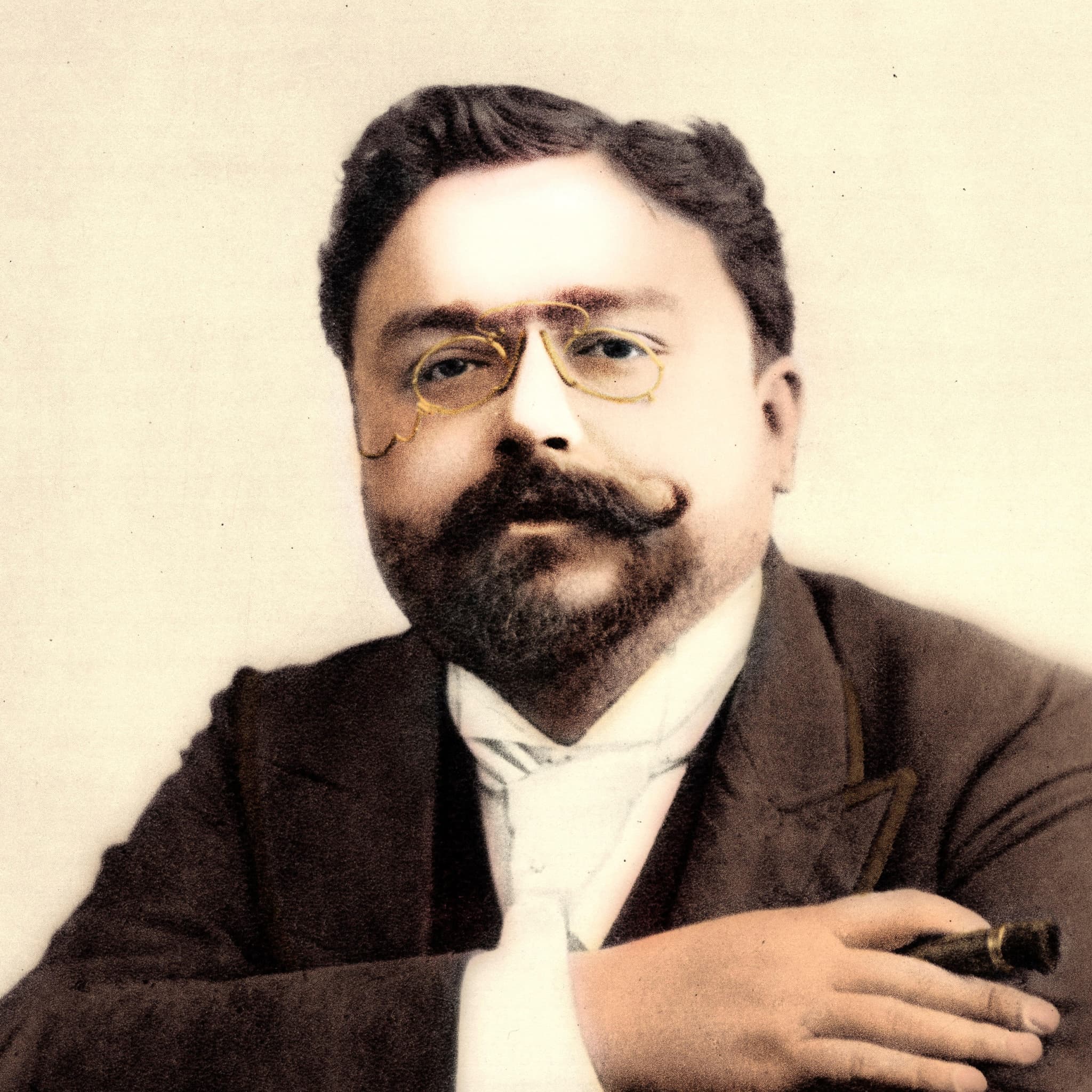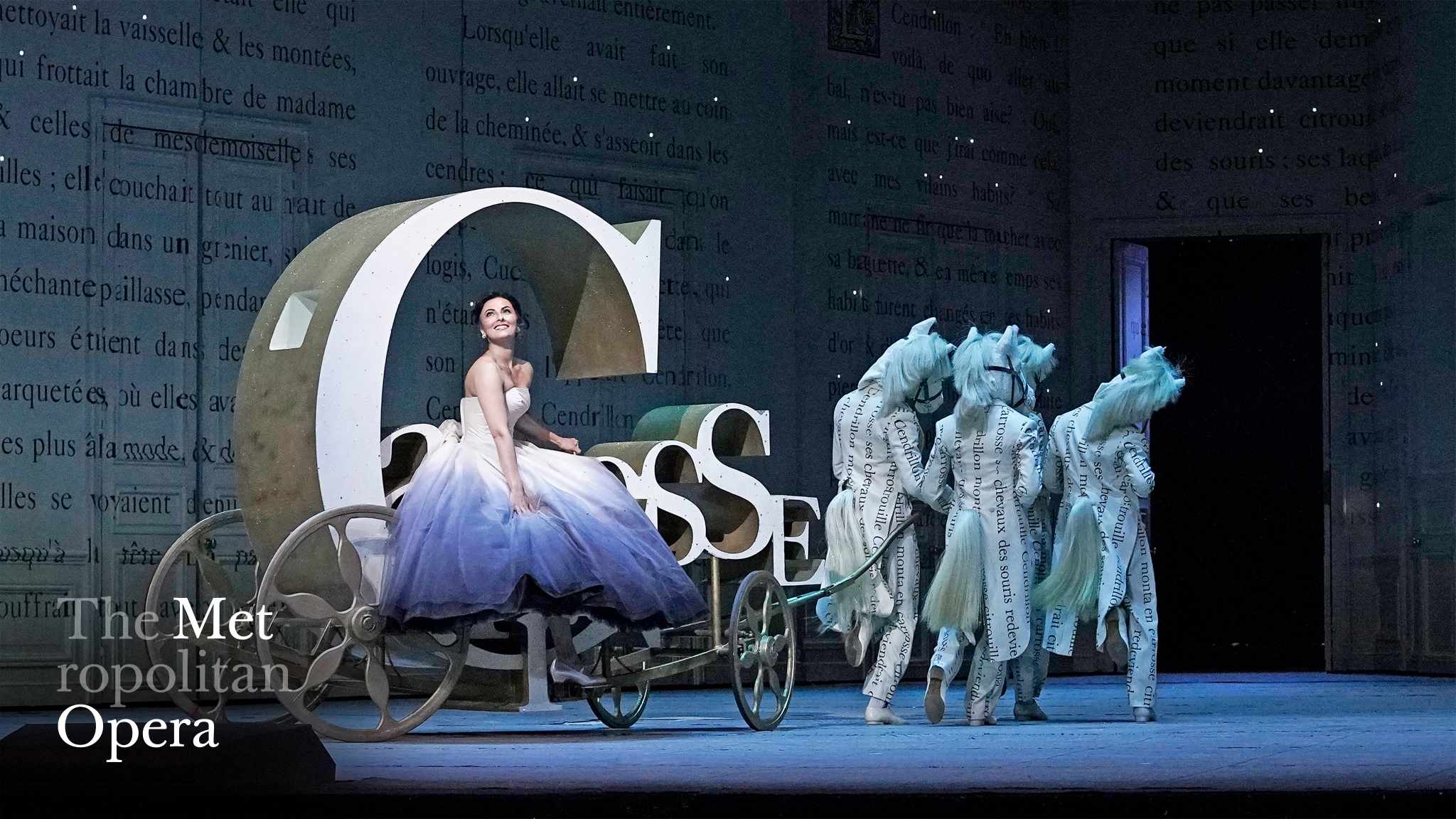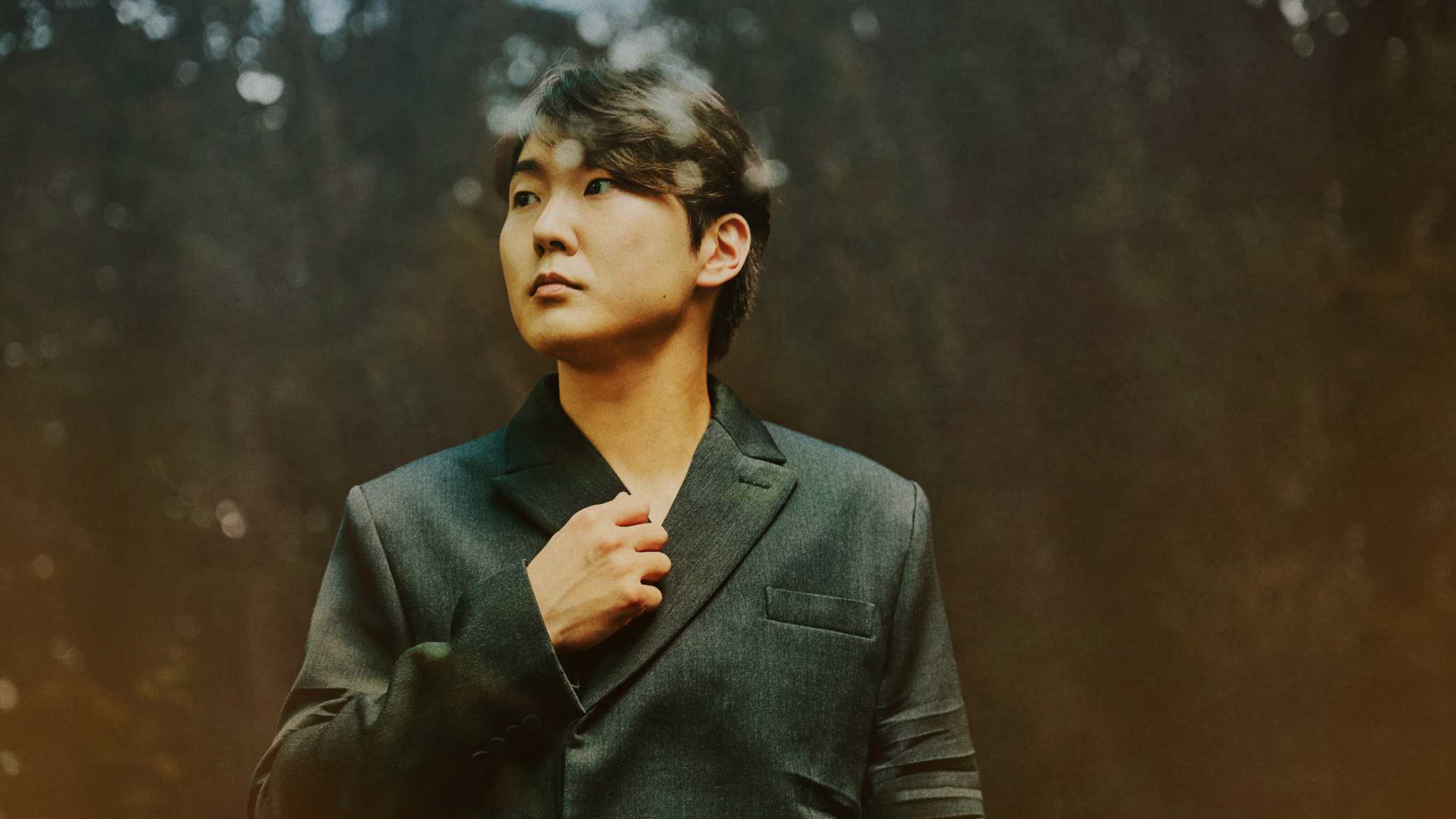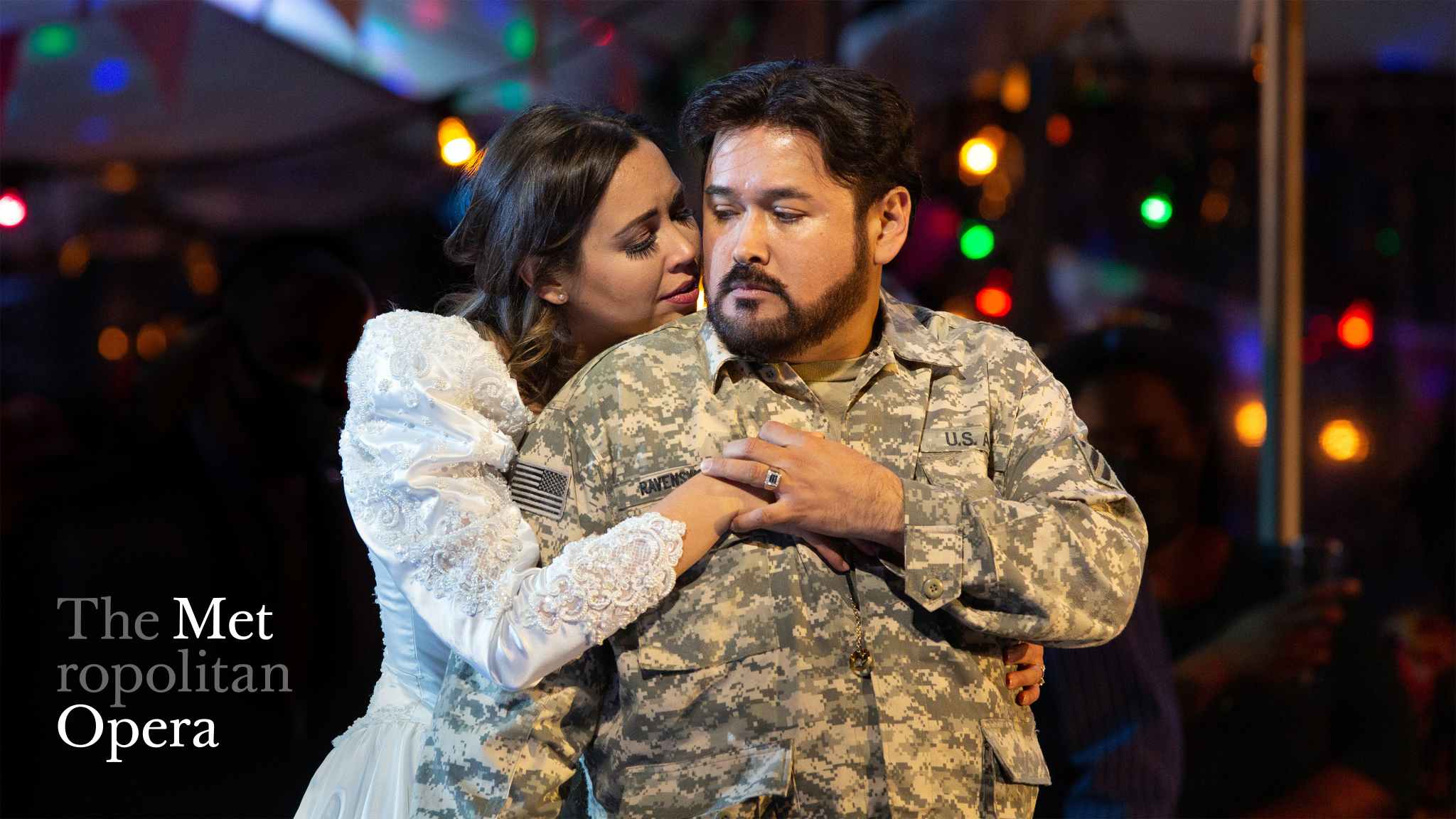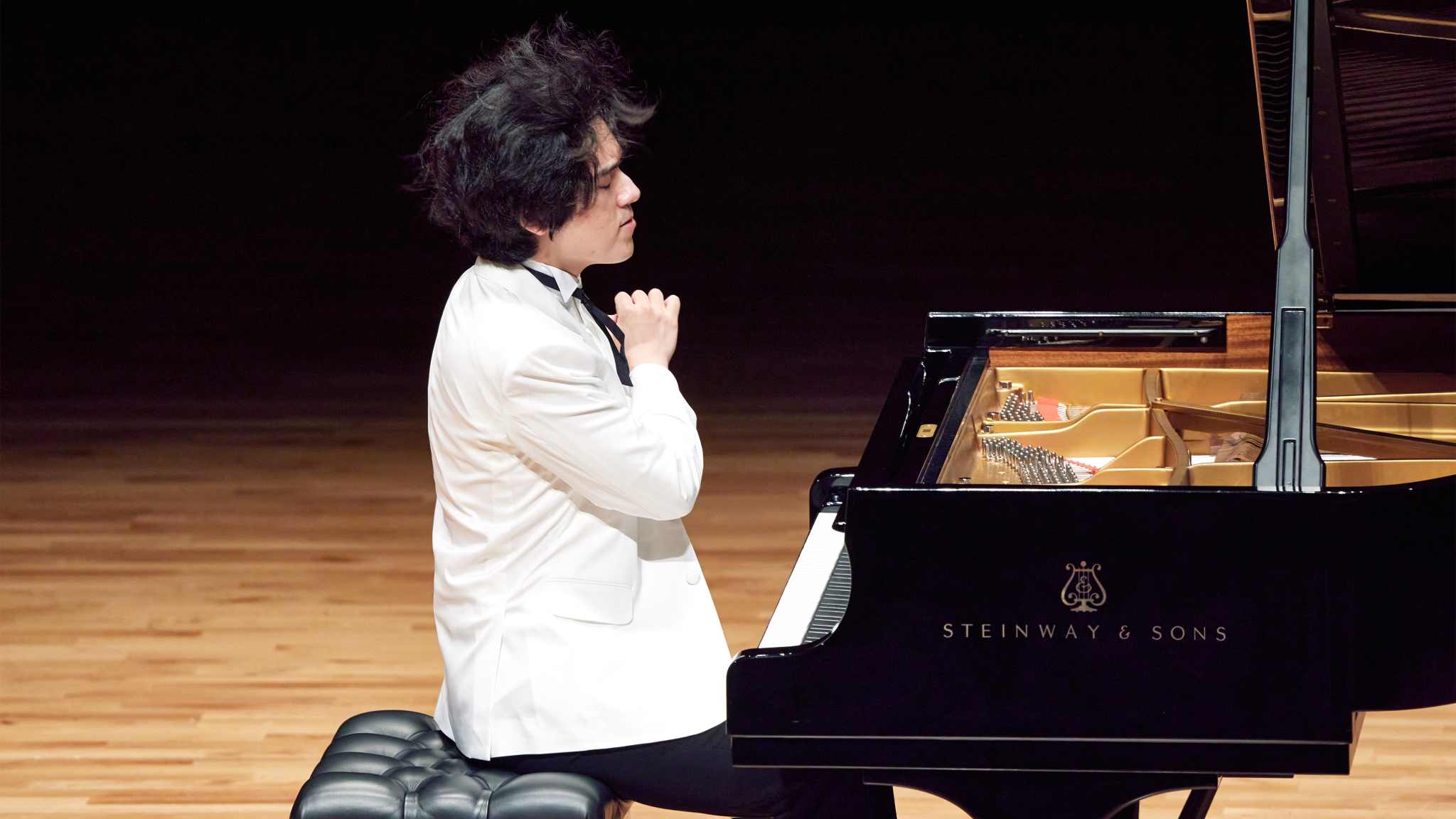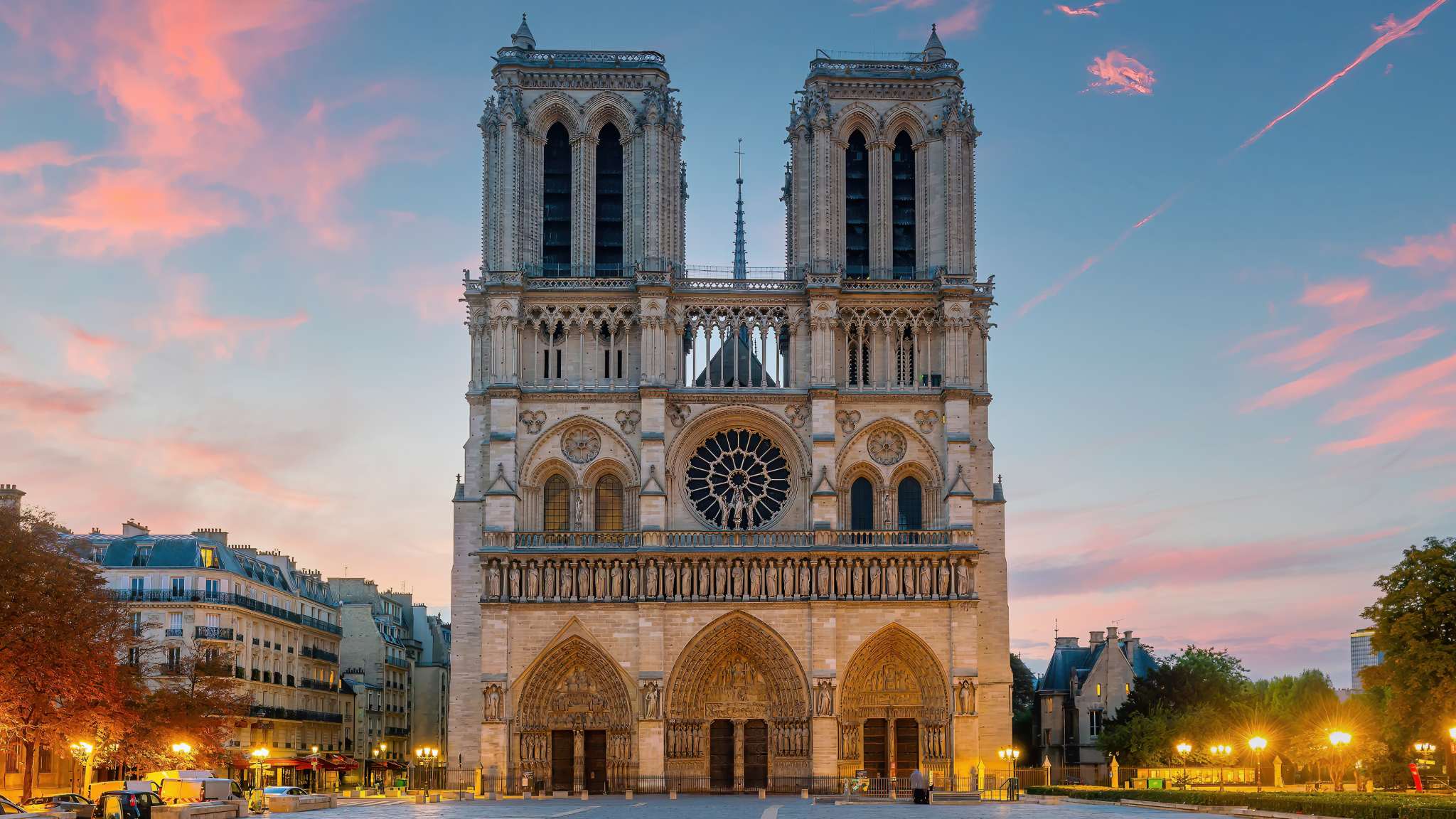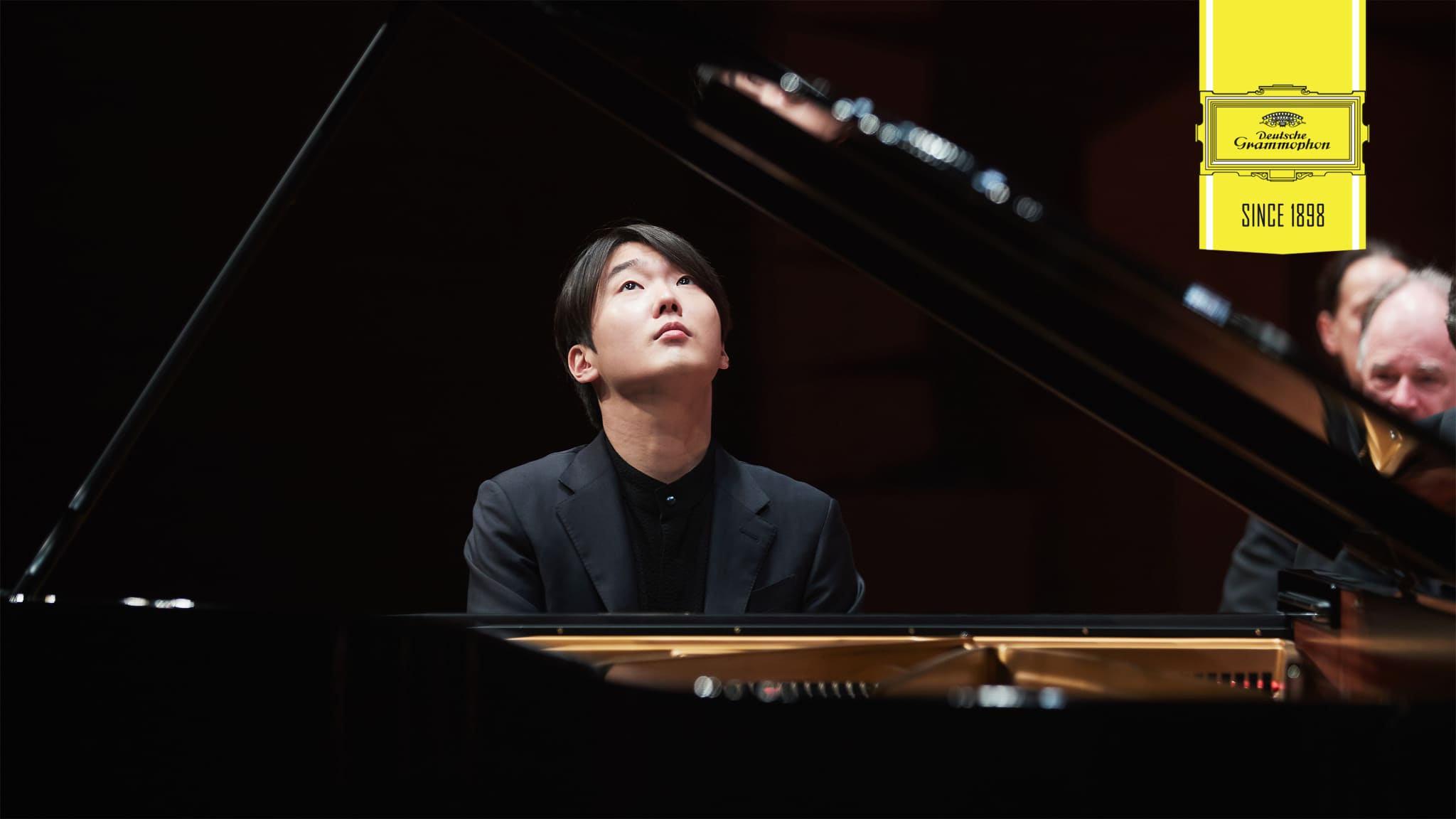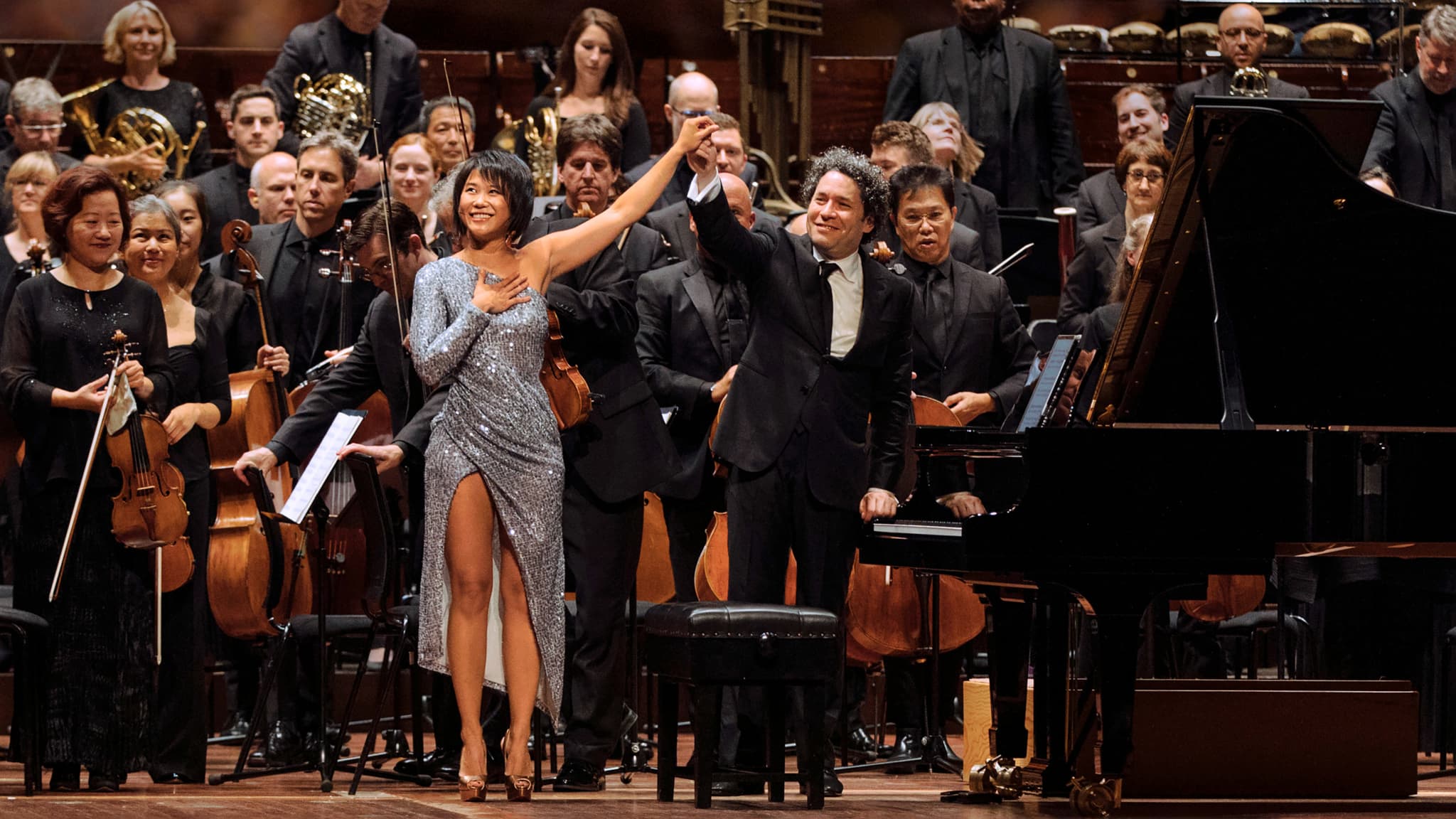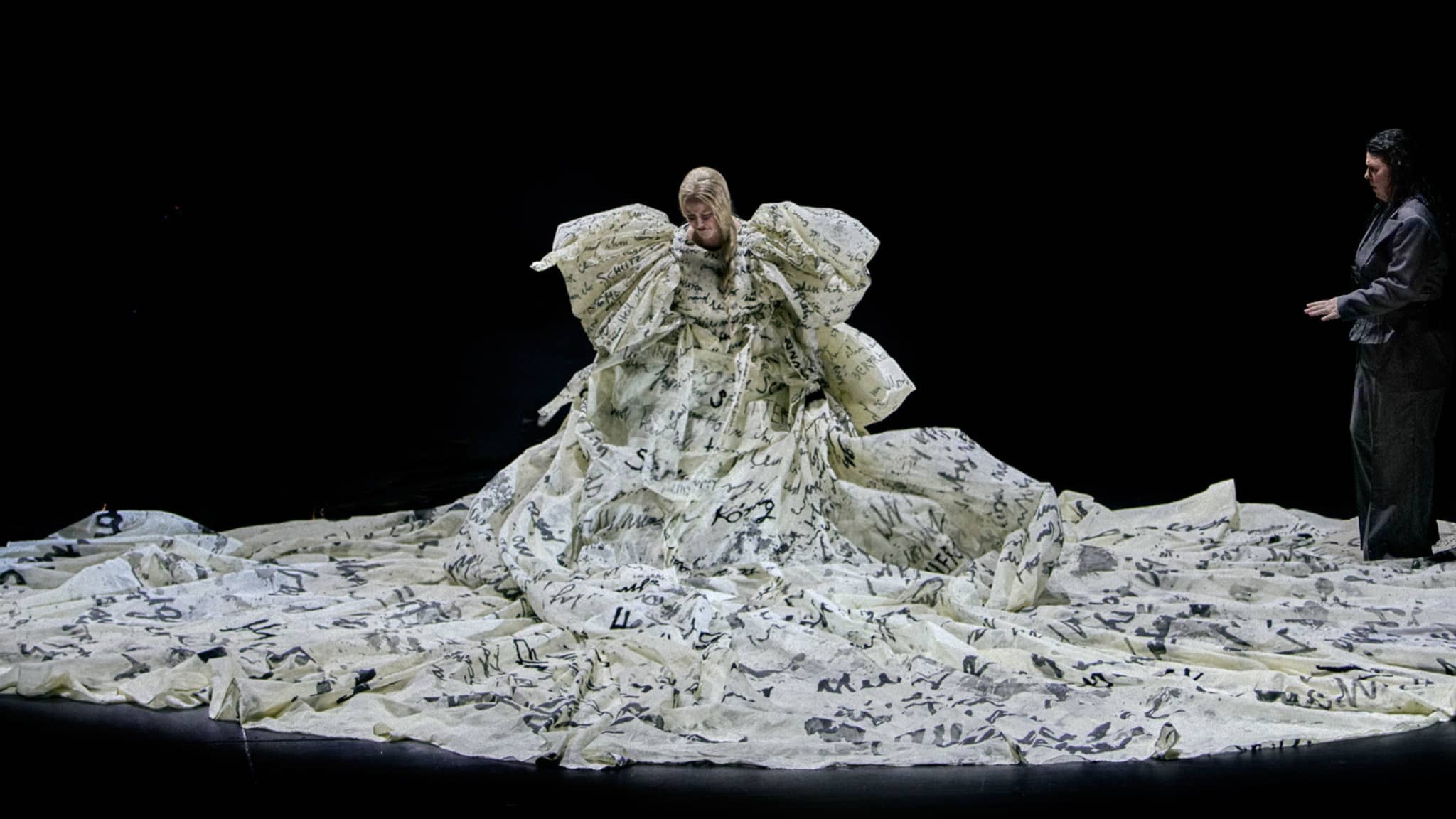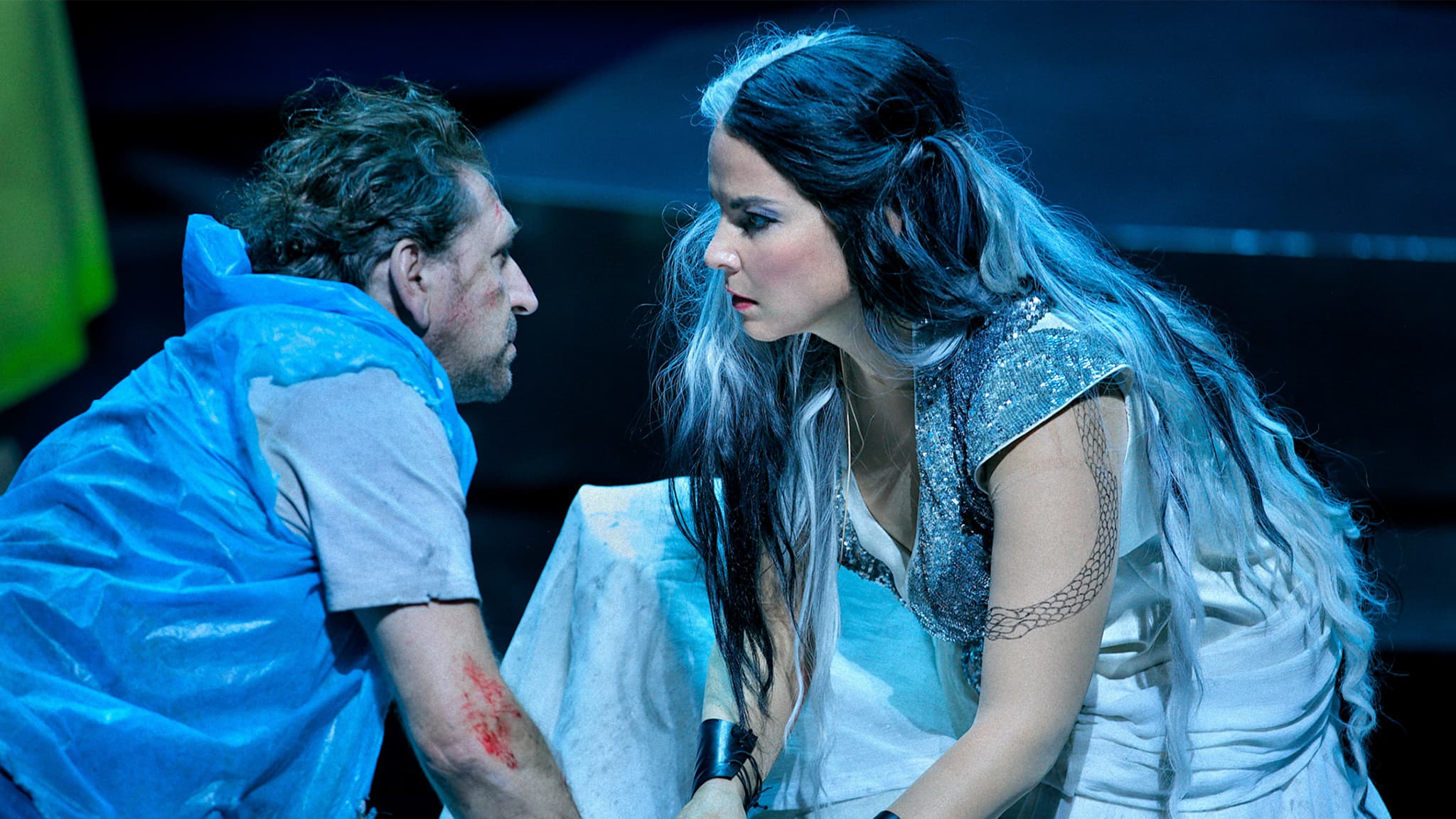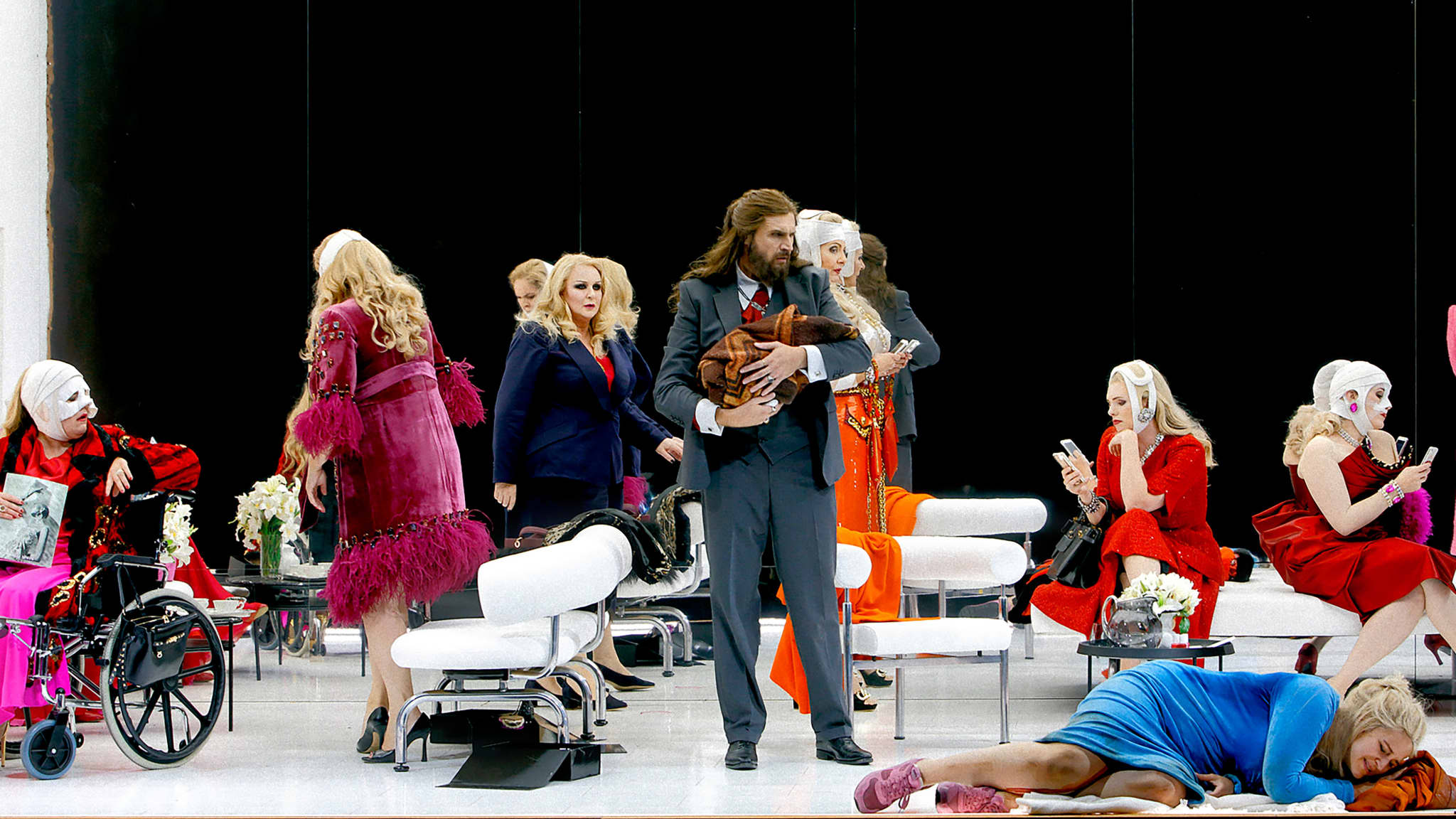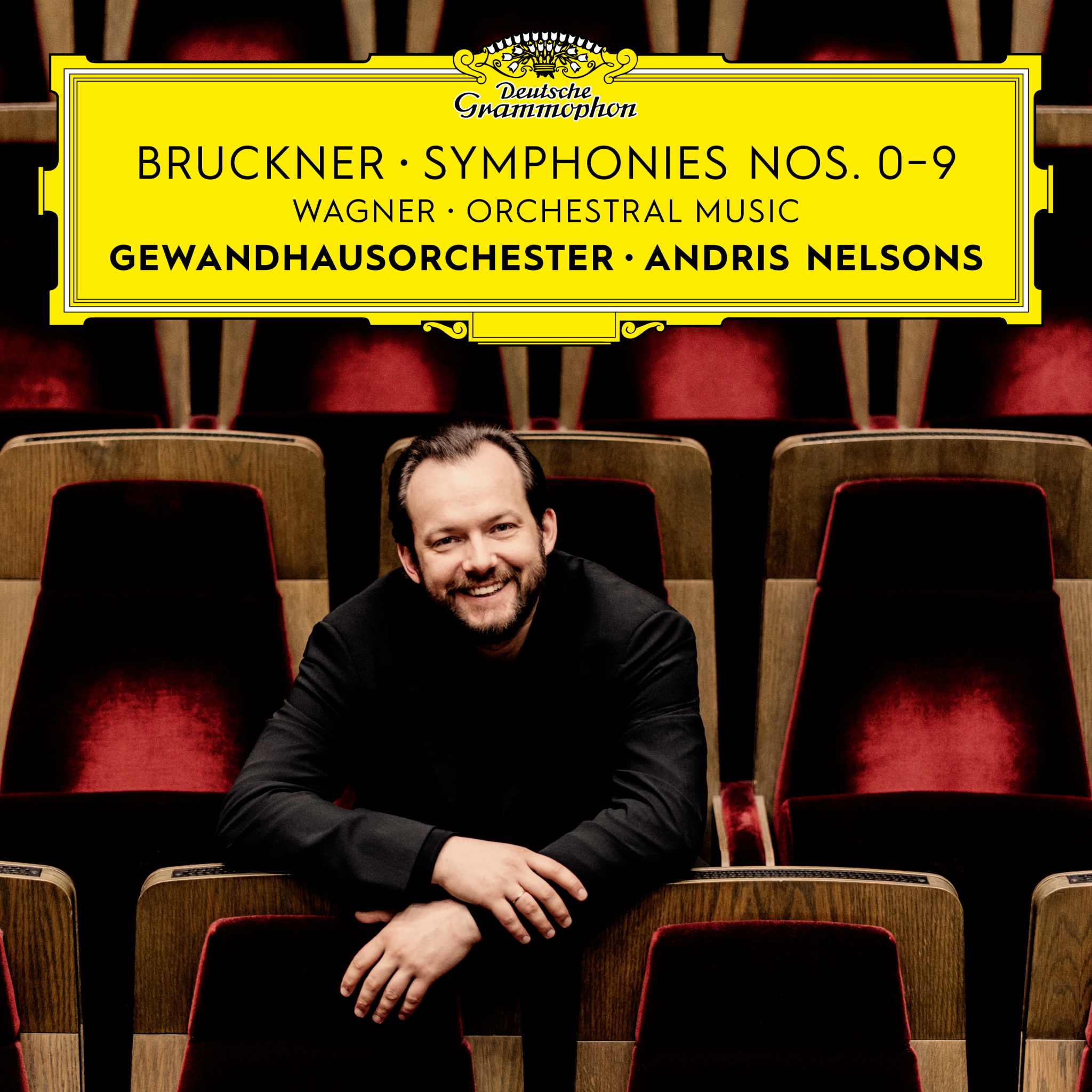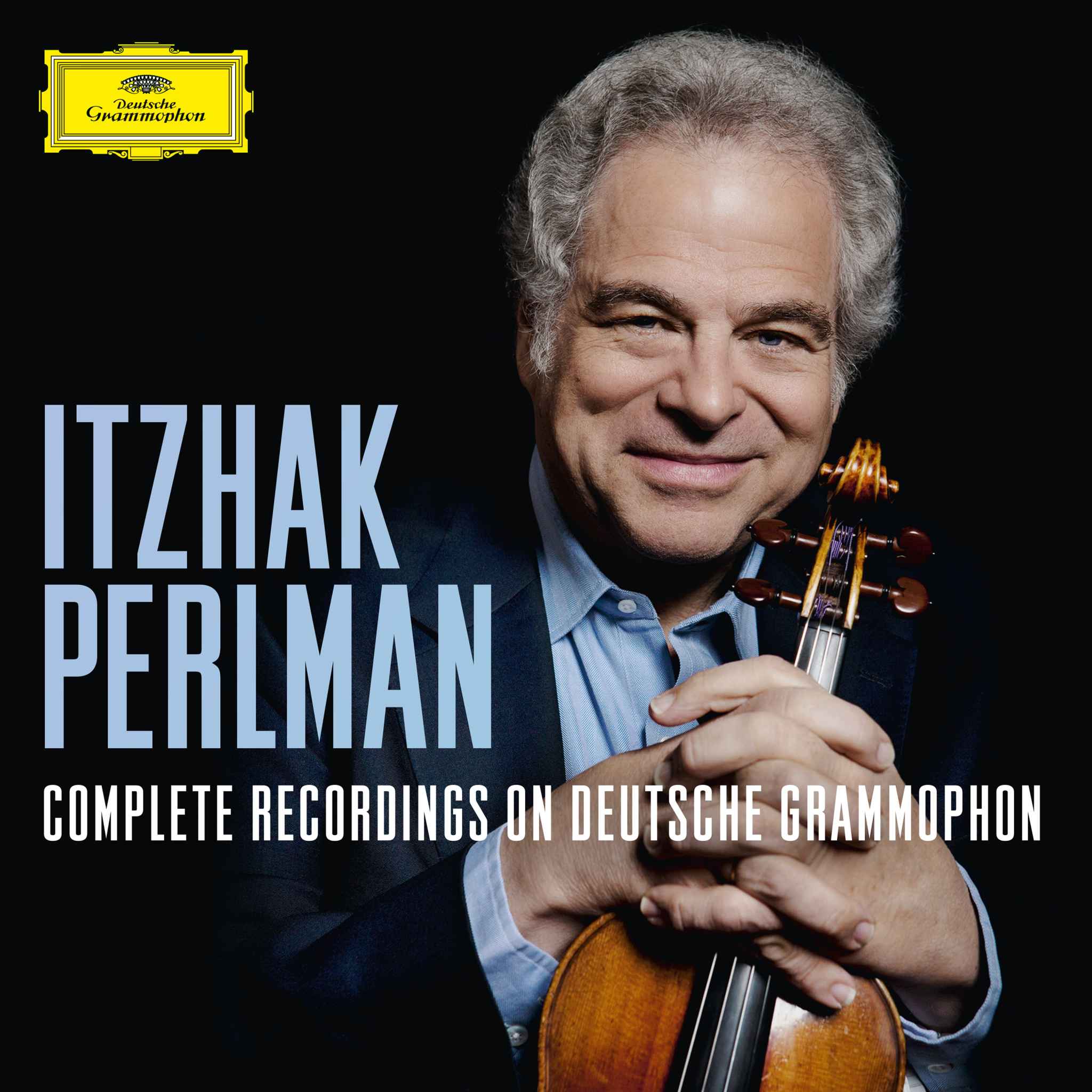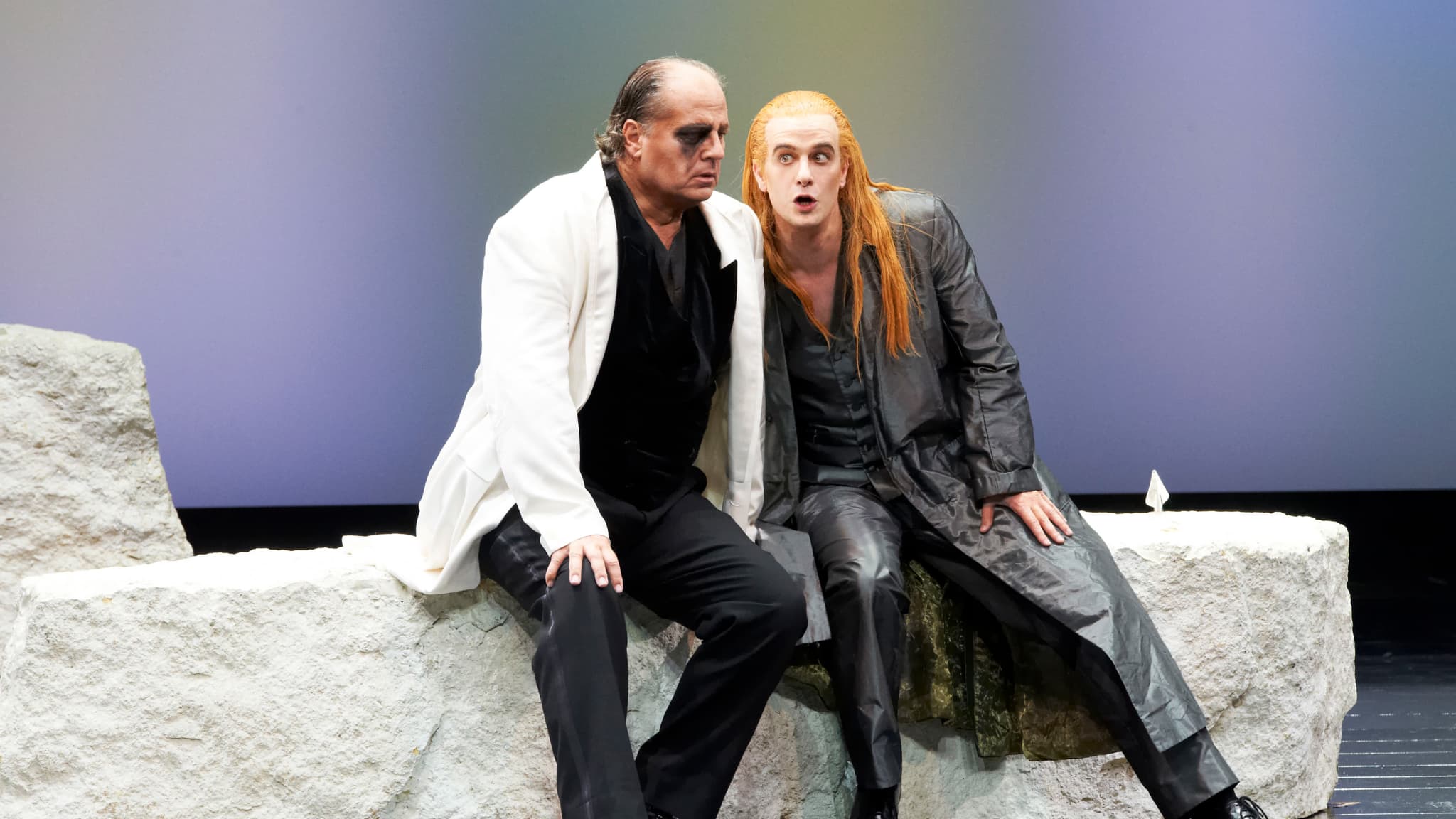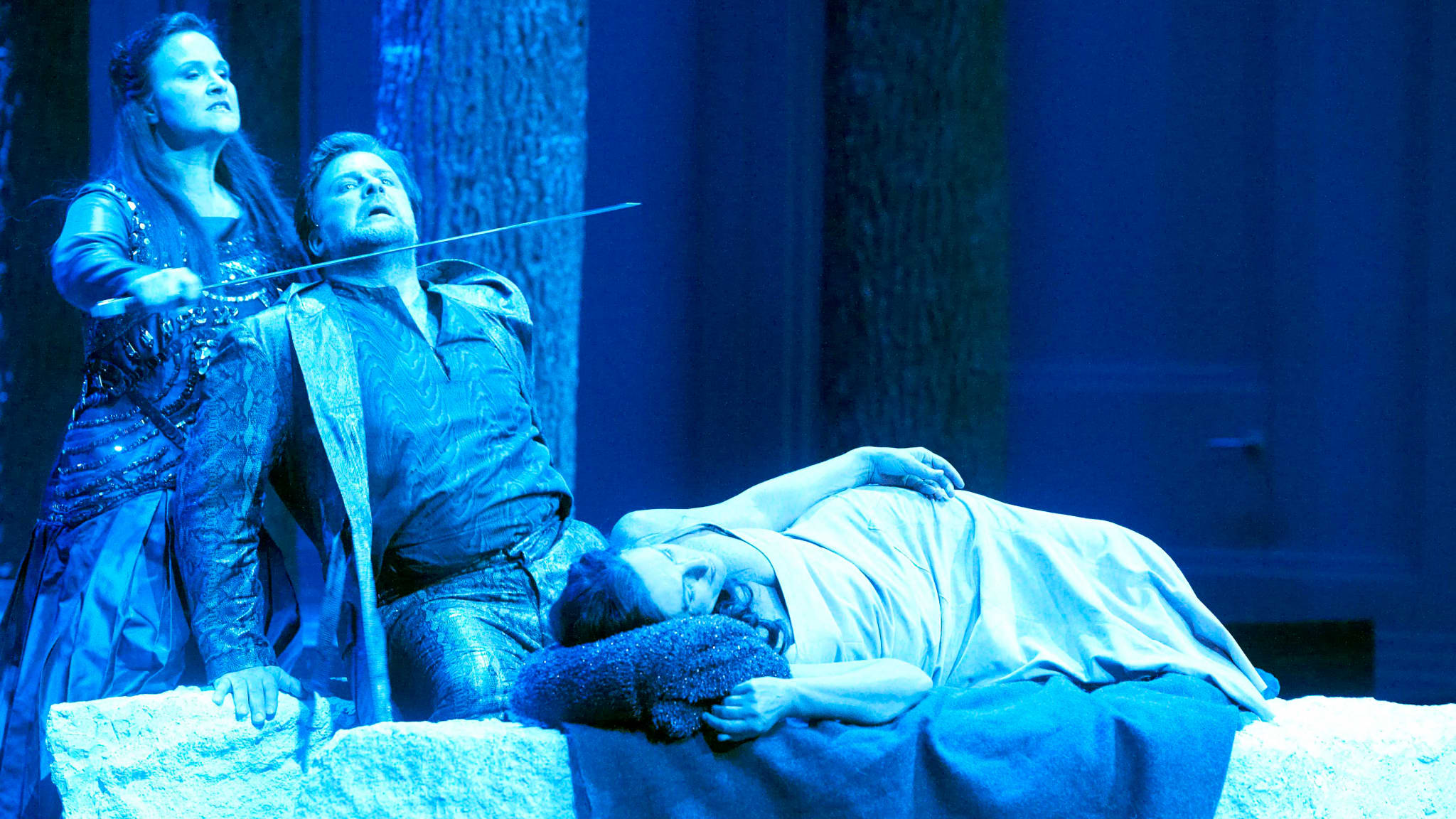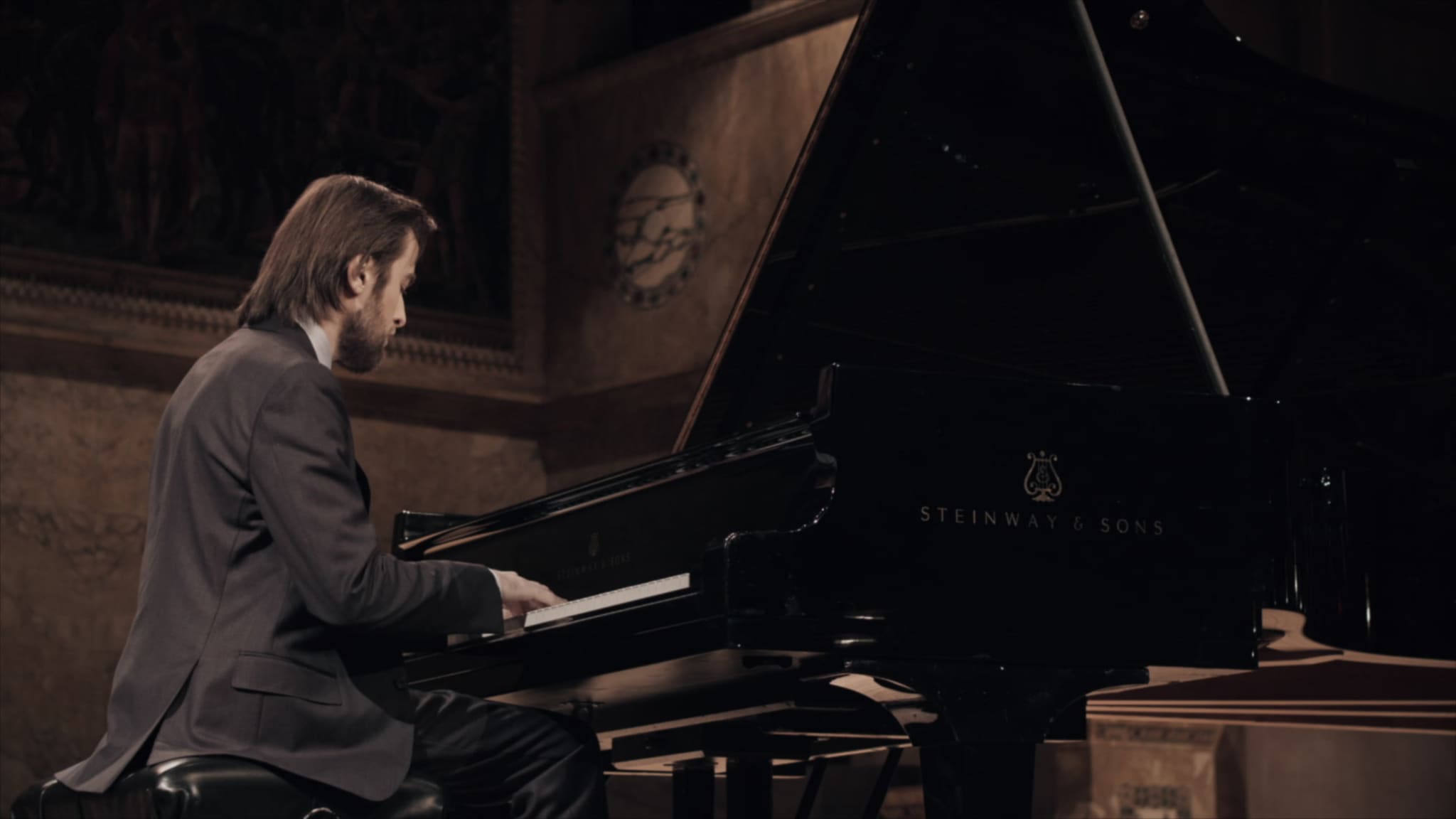Composers
Live
Concerts
Operas
Albums
Documentaries
Interviews
Short Videos
AboutRomantic
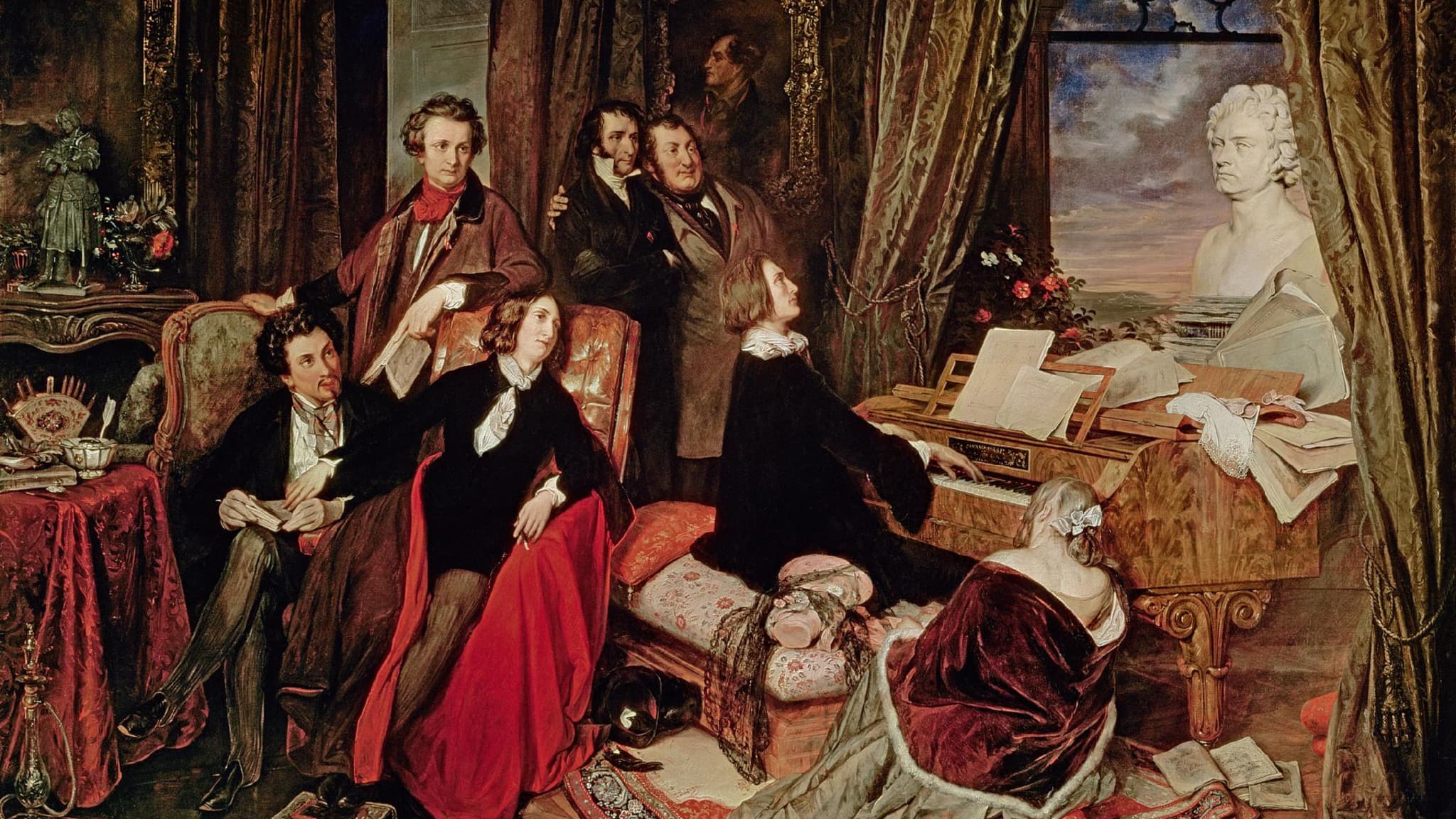
The beginning and the end of the Romantic era are difficult to define. Even the late works of Beethoven and Schubert show Romantic traits and with the Classical period's tonal language, genres and harmonies, Romanticism follows seamlessly. The spirit of the time, however, turns away from Enlightenment and towards the expression of individual feelings and emotions, together with a sense of ambiguity, propelling the prevalence for minor tonality and chromatic, as well as enharmonic, key changes. The forms used in the Classical era were too rigid and restrictive for the Romantic composers to be able to properly express their deep emotions, and the previous rule book was thrown away. Gone were the days of ending a piece in the key it started in.
Filled with energy and passion, the music of the Romantic era drew inspiration from art and literature and compositions became evermore expressive and inventive. Composers dealt with fairytale-like, mystical themes and chose poetic representations, as Carl Maria von Weber did in his opera Der Freischütz. Felix Mendelssohn, Robert Schumann, and Frédéric Chopin represented the high phase of Romanticism and instrumental virtuosity developed with musicians like Franz Liszt and Niccolò Paganini. The late Romantic period produced musical dramas, including Verdi's and Wagner's operas and symphonic poems, with characters and ideas being given short signature melodies called leitmotifs. Tone poems and overtures stood alone as orchestral music and were capable of evoking anything from a painting or a text to a feeling of nationalism.
For the Romantics, it was a case of "the bigger, the better". Colour was added to the music by including woodwind instruments, like the bass clarinet, piccolo, and contrabassoon and the percussion section grew to include xylophones, drums, harps, bells and triangles. The period offered composers the freedom to write music that embraced their passionate side. And while some composers such as Johannes Brahms and Anton Bruckner, drew their inspiration from the standards of the Classical and Baroque periods, the continuous push throughout the era to become more eccentric and more inventive, led to the point where the musical rules then had to be rewritten. This set the scene for one of the biggest changes in musical history – the beginnings of Modernism.

